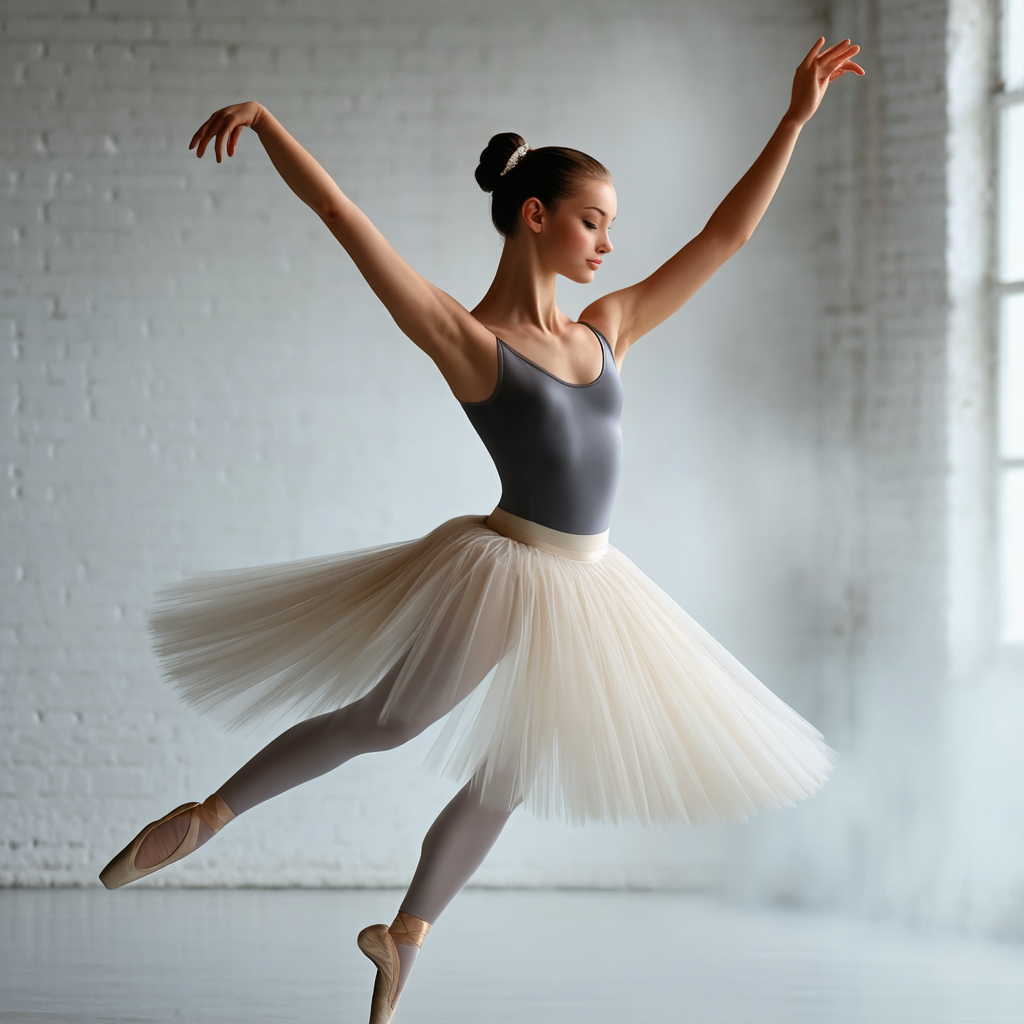Dance has been a part of human culture for thousands of years, with various forms and styles emerging over time. From the classical ballet to the energetic hip-hop, dance has evolved significantly, reflecting the changing times, societal values, and cultural influences.
In this article, we’ll take a journey through the evolution of dance, exploring the history, characteristics, and notable figures of different dance styles. We’ll also examine the impact of dance on society and culture, highlighting its role in shaping our identities, expressing emotions, and fostering community.
The Origins of Dance: Ancient Civilizations
Dance has its roots in ancient civilizations, where it was used for various purposes, including:
- Rituals and ceremonies: Dance was an integral part of ancient rituals and ceremonies, serving as a means of communication with the gods, honoring ancestors, and celebrating important life events.
- Storytelling: Dance was used to tell stories, convey emotions, and express cultural values.
- Social gatherings: Dance was a popular form of entertainment at social gatherings, such as festivals, weddings, and feasts.
Some of the earliest recorded forms of dance include:
- Ballet: Emerging in the 15th century in Italy, ballet was initially a courtly entertainment, characterized by elegant movements, precise steps, and formalized positions.
- Kathak: Originating in ancient India, Kathak is a classical dance form known for its fast-paced footwork, intricate rhythms, and storytelling through dance.
- Capoeira: Developed in Brazil by African slaves, Capoeira is a martial art-dance hybrid that combines elements of dance, acrobatics, and music.
The Emergence of Modern Dance Styles
As society and culture evolved, new dance styles emerged, reflecting the changing times and values. Some notable modern dance styles include:
- Jazz: Emerging in the early 20th century, jazz dance is characterized by its high-energy movements, syncopated rhythms, and improvisational style.
- Tap: Developed in the 1920s, tap dance is a percussive style that emphasizes rhythm, timing, and musicality.
- Modern: Emerging in the early 20th century, modern dance is a contemporary style that emphasizes expression, creativity, and individuality.
- Hip-Hop: Originating in the 1970s, hip-hop dance is a dynamic, energetic style that combines elements of breaking, popping, and locking.
The Rise of Contemporary Dance
In recent years, contemporary dance has become increasingly popular, with many dancers and choreographers pushing the boundaries of traditional dance styles. Some notable contemporary dance styles include:
- Contemporary: A fusion of modern, jazz, and ballet techniques, contemporary dance emphasizes expression, musicality, and emotional connection.
- Commercial: A style that blends hip-hop, jazz, and pop dance, commercial dance is often performed in music videos, films, and live concerts.
- Street: A style that originated in the streets, street dance encompasses various styles, including breaking, popping, and locking.
The Impact of Dance on Society and Culture
Dance has had a profound impact on society and culture, shaping our identities, expressing emotions, and fostering community. Some of the ways dance has influenced society and culture include:
- Social change: Dance has been used as a tool for social change, with many dancers and choreographers using their art to address issues such as racism, sexism, and inequality.
- Cultural exchange: Dance has facilitated cultural exchange, with different styles and traditions influencing one another and creating new forms of expression.
- Emotional expression: Dance has provided a means of emotional expression, allowing individuals to convey their feelings and experiences through movement.
- Community building: Dance has brought people together, creating a sense of community and shared experience among dancers and audiences.
Conclusion
The evolution of dance has been a remarkable journey, reflecting the changing times, societal values, and cultural influences. From the classical ballet to the energetic hip-hop, dance has continued to evolve, incorporating new styles, techniques, and themes.
As we look to the future, it’s clear that dance will continue to play a vital role in shaping our identities, expressing emotions, and fostering community. Whether you’re a professional dancer, a hobbyist, or simply a fan of dance, there’s no denying the power and beauty of this ancient art form.


